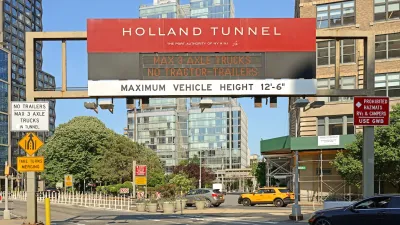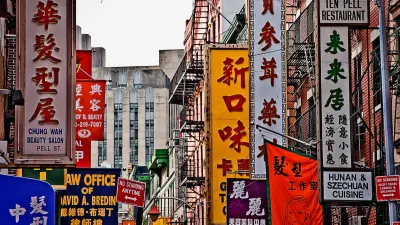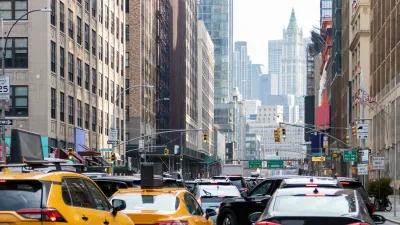Former New York City mayor Ed Koch passed away on Friday at the age of 88. For the popular figure who was known for stopping constituents on the street to ask, “How’m I doin’?”, Joseph Berger endeavors to deliver an answer.
"There is no doubt that Mr. Koch restored the spirit of the city after years of urban decay that had crystallized in the city’s near bankruptcy, and that reached a nadir of sorts in 1977 with the Son of Sam killings, a blackout and riots," writes Berger. "Mr. Koch, a Democrat, took office in January 1978 and, with his moxie, was able to quickly create a sense among New Yorkers that someone was fighting to turn the city around."
“The city needed hope, it needed a champion, it needed a voice,” said Mitchell Moss, a professor of urban policy at New York University. “Ed Koch became that voice.”
But what were the substantive accomplishments that turned the city around? "Experts cite the investment of billions of dollars in rebuilding abandoned housing, which revived desolate areas of the South Bronx, Harlem and central Brooklyn; the restoration of the city’s fiscal integrity to the point where banks and government watchdogs were ready to let it manage its own finances; the rehabilitation of neglected parks; the genesis of Times Square’s transformation from a sleazy, dangerous crossroads to a family-friendly entertainment and office center; the trading in of federal money designated to build a new West Side Highway for money that would buy subway trains and buses; the pressure on the Metropolitan Transportation Authority to virtually eliminate subway graffiti; and the enacting of a campaign finance law in 1988 under which candidates would limit their spending in exchange for receiving public matching funds."
To look at the differences between New York City during Edward Koch's mayoralty and today is to see a dramatically changed city. Over the past thirty years, the city's white population has seen a steady decline while income inequality has increased. And after public spending on affordable housing rose dramatically during Koch's tenure (doubling between 1986 and 1987 and tripling between 1987 and 1988) it has remained at a higher level since his departure than it was before he took office.
Berger details the "blunt-spoken and theatrical" mayor's legacy in key areas: housing, parks, crime, health, race relations, and transit.
FULL STORY: So, How’d He Do?

Alabama: Trump Terminates Settlements for Black Communities Harmed By Raw Sewage
Trump deemed the landmark civil rights agreement “illegal DEI and environmental justice policy.”

Planetizen Federal Action Tracker
A weekly monitor of how Trump’s orders and actions are impacting planners and planning in America.

The 120 Year Old Tiny Home Villages That Sheltered San Francisco’s Earthquake Refugees
More than a century ago, San Francisco mobilized to house thousands of residents displaced by the 1906 earthquake. Could their strategy offer a model for the present?

Housing Vouchers as a Key Piece of Houston’s Housing Strategy
The Houston Housing Authority supports 19,000 households through the housing voucher program.

Rural Population Grew Again in 2024
Americans continued to move to smaller towns and cities, resulting in a fourth straight year of growth in rural areas.

Safe Streets Grants: What to Know
This year’s round of Safe Streets for All grant criteria come with some changes.
Urban Design for Planners 1: Software Tools
This six-course series explores essential urban design concepts using open source software and equips planners with the tools they need to participate fully in the urban design process.
Planning for Universal Design
Learn the tools for implementing Universal Design in planning regulations.
Clanton & Associates, Inc.
Jessamine County Fiscal Court
Institute for Housing and Urban Development Studies (IHS)
City of Grandview
Harvard GSD Executive Education
Toledo-Lucas County Plan Commissions
Salt Lake City
NYU Wagner Graduate School of Public Service





























